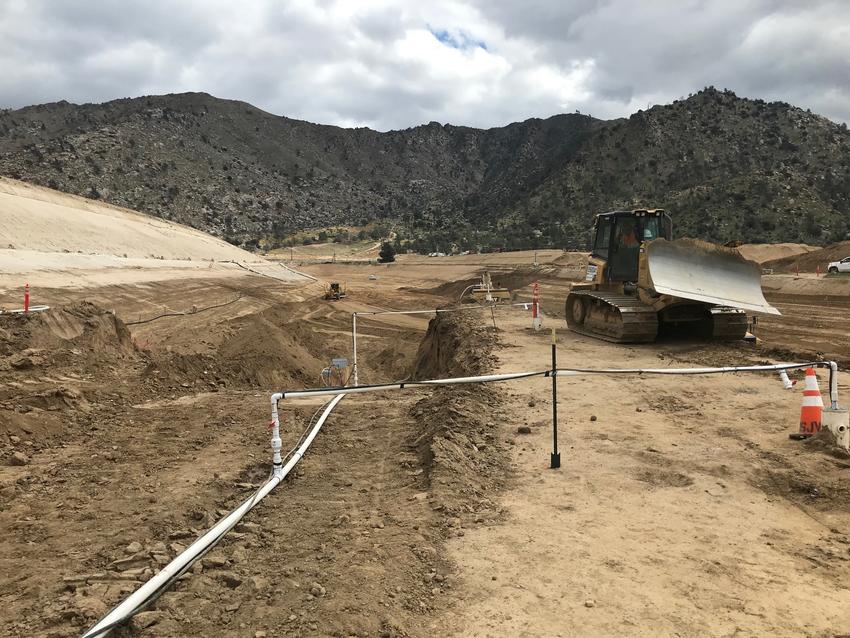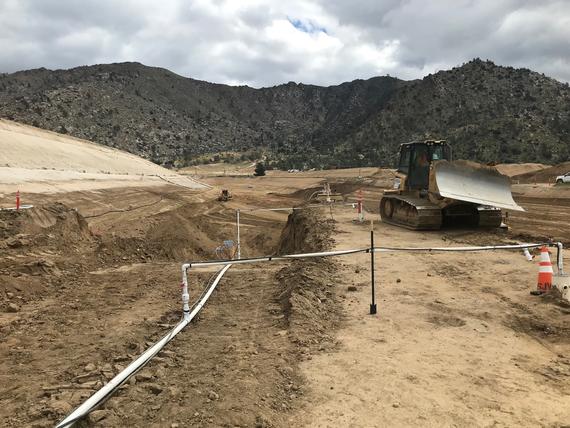During construction at an existing high-risk dam, Keller provided dewatering, enabling embankment and foundation improvements that addressed drainage and seismic stability concerns.

The project
Isabella Reservoir was constructed from 1948 to 1953 for flood control, irrigation, and recreation. Located about an hour’s drive East of Bakersfield, CA, it consists of two large earthen embankment dams (main and auxiliary) with heights of 100 ft and 185 ft, bridging a valley of alluvial soils. The site is in a remote area of the Sierra Nevada Mountains along a winding two-lane road that follows the Kern River.
The challenge
Following a USACE dam safety modification study in 2006, the dam was ranked as high-risk due to seismic, hydrologic (overtopping), and seepage deficiencies. Improvements to reduce potential dam failure included a raise, a new spillway, and new drainage features. This last item required a dewatering system for each dam ahead of excavation activities for toe drains and filters.
The solution
Keller provided a comprehensive dewatering solution that allowed for stable and safe excavation zones at the downstream toe of each dam, including:
- Auxiliary Dam: 102 shallow and deep wells installed in three alignments spanning the length of the excavation (40 ft deep, 1200 ft long, and 400 ft wide). The well layout targeted specific leakage and seeps observed during construction.
- Main Dam: 13 shallow wells along two alignments in the excavation area (5 to 20 ft deep, 550 ft long, and 100 ft wide) to handle the trenching and water handling efforts required due to the shallow nature of the bedrock.
